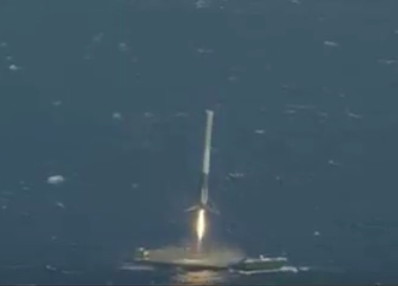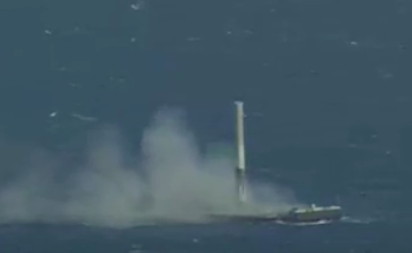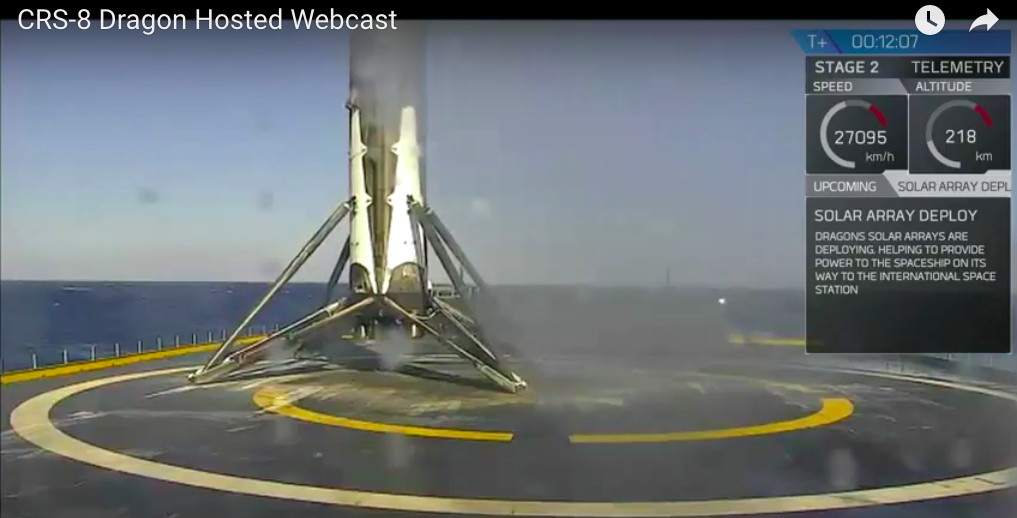Just put the silo on the Barge, and use a couple barges if you have to, as anything is cheaper then destroying the rocket nearly every time.
Isn't the purpose supposed to be to not damage the rocket so you can re-use it to save money?
Looks to me like they are just wasting a lot of money.
Getting rid of the Hydraulics and nonsensical stuff that control the Legs would mean you can lift more payload.
They can obviously make pin point precision landings, so that's great, but the problems start when those damned legs come out and they are supposed to balance the rocket when it hit the ground.
Does not seem like you've really been following the details of the landing attempts.
The only time that "the legs" were at fault, was the Jason-3 landing when it landed safely on the barge.... but one leg did not lock out properly, allowing the rocket to fall over. The cause was attributed to ice jamming the latch that was supposed to lock the leg (Presumably they have made mods to solve that. It was very foggy at VAFB before that launch, allowing more moisture to condense as ice than before).
Crashes before that were due to other specific problems that the rocket had, grid fins going dead due to running out of hydraulic fluid early, which left the rocket too far to one side to safely maneuver to land on the deck, a sticky fuel valve that screwed up the thrust levels and maneuvering performance (landed on deck but maneuvering complications from the sticky valve had caused it to swing from one side so as it landed it over-stressed and broke a leg), and then that time last December when the Falcon booster had no on-board mechanical problems and it landed safely.... which coincidentally happened to be the "RTLS" flight to land back at the Cape.
So many have the false assumption that the only successful landing was successful because it landed on "solid ground, and the other failures were due to "the barge". When the truth is that the other failures were due to onboard rocket problems, and WHERE it tried to land was irrelevant.
I do not get why you think the legs are causing problems with landing accuracy. And the last flight, they were trying a pretty much Hail Mary landing procedure, coming in way faster than ever and something went wrong with that attempt so it hit at high speed and not dead center. So I do not get where you think that backing down inside of a "silo" would have worked for an attempt like that (or any landing really).... it would have hit the edge of a silo at 100 mph or more, or missed the silo entirely.
Also for the heck of it let's say you were in charge of the Falcon landing program, and you used a silo for it to land inside of. So...... the rocket has no legs..... when it landed inside the silo, what structure would support it from the bottom when it lands, if it does not have legs? Land on the engine nozzles? Have mechanical arms inside the silo that pivot inwards to grab hold of the tank.... and therefore CRUSH the rocket tanks like a beer can?
Of course others have suggested things like landing on a net.... again ignoring the structural rocket issues with landing in a net, as though the rocket is a hundred times stronger than it is.
- George Gassaway











